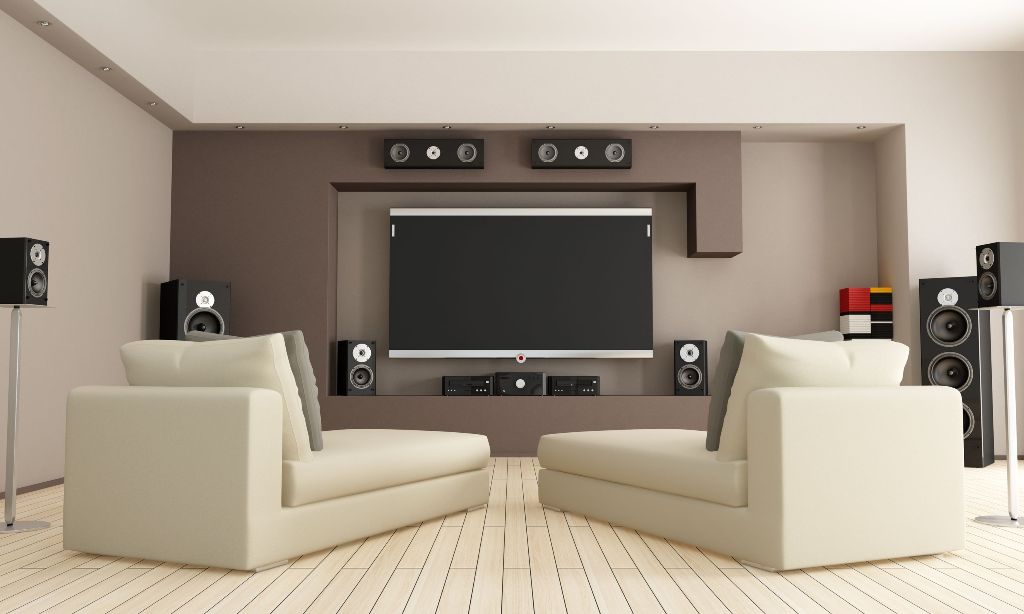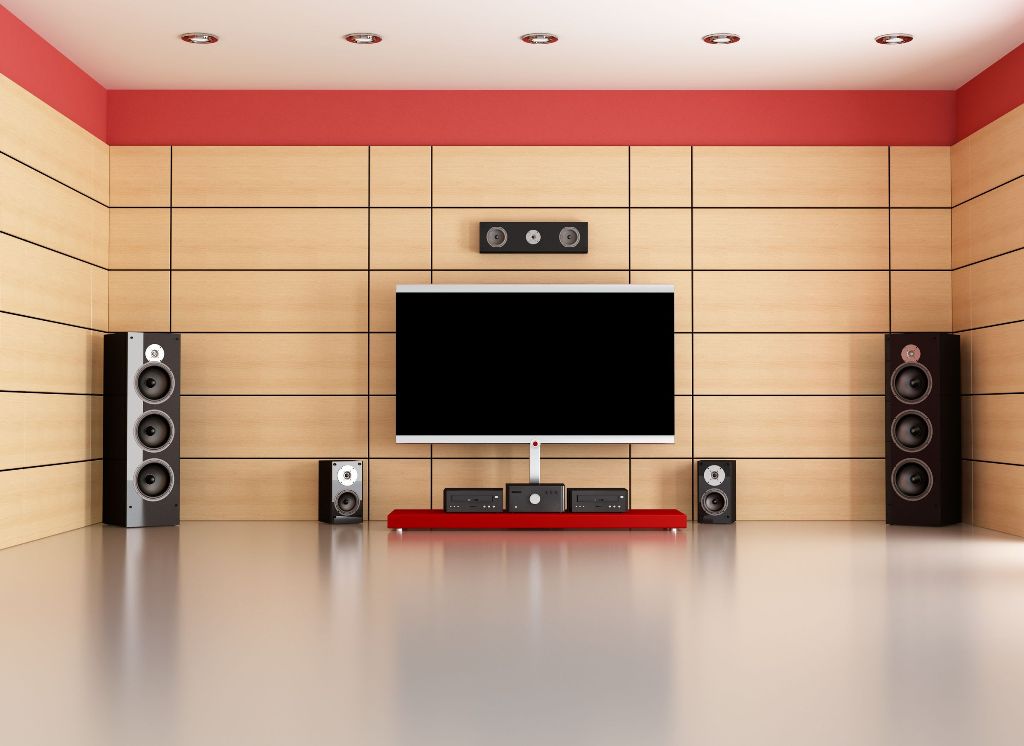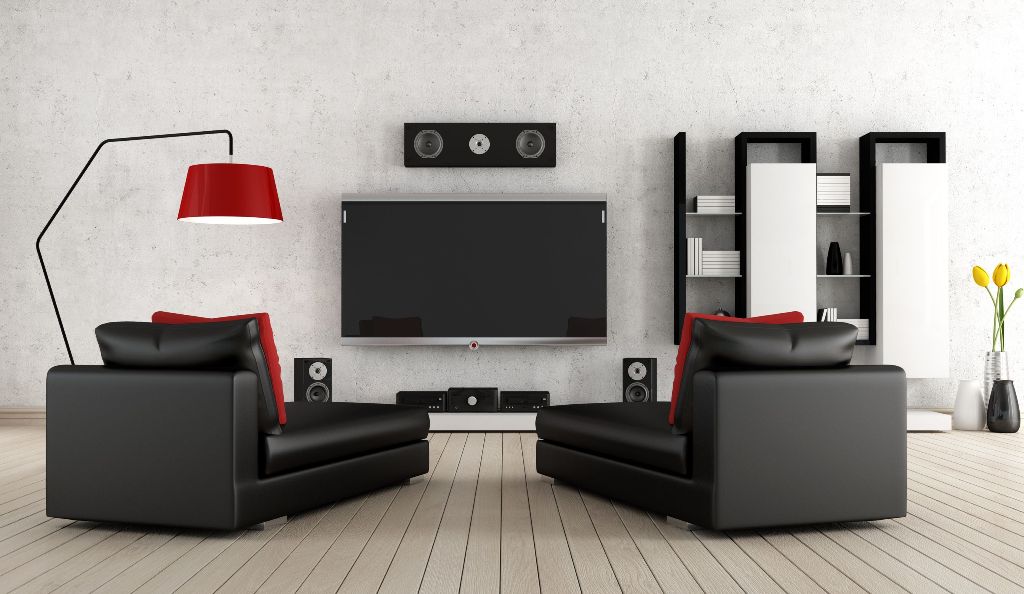Wired vs. Wireless Audio/Video Systems: Is There A Difference In Quality?
Anyone trying to decide between a wired A/V system and a wireless alternative for their home theater would find it pretty easy to list most of the advantages of each. A wireless system is quick and easy to install, it doesn’t require an expensive old-fashioned receiver, it can be operated from your tablet or phone and receive signals from everywhere, everything can be moved around the house easily, and it can all be taken with you if you move out. A wired home audio system can add a lot of resale value to a house and can be designed for optimal sound in specific listening locations. And it provides much higher-quality audio and video than a wireless system.

Or does it?
Until recently, no one would argue that wireless audio quality was equal to that of a wired A/V system. Today, it’s a different story; most experts will still tell you that wired quality is better, but an argument for wireless A/V systems can finally be made.
Improvements in Wireless Audio Techology
You’ve probably used both auxiliary jacks and Bluetooth to connect audio devices in your car at some point, so you know as well as anyone that wired devices will deliver an uninterrupted signal but wireless transmissions will almost always drop out from time to time. Those dropouts are fine if you’re casually streaming audio from an iPhone – but not acceptable for an audiophile who’s settled into his favorite seat in a home theater for a serious listening session.

Additionally, most wireless setups are not yet able to deliver the full music fidelity that a wired system can deliver. The speakers in your car will probably sound great if they’re streaming music wirelessly from your phone, but in order to get sound quality equal to that of a traditional wired home A/V system, you’ll need to shell out a lot of money.
Here’s the problem: Bluetooth wasn’t designed to provide high-quality audio; it was designed to deliver voice signals. For that reason, Bluetooth applies compression to music which degrades its fidelity. Wi-fi is a better choice because it can deliver excellent fidelity if a lossless codec is being used, but the quality of audio depends completely on the quality of the wireless network as well as the amount of traffic on the network. In other words, you won’t get wired-system quality if someone else in the house is watching a movie on Netflix at the same time.

The reason that wireless A/V is finally able to compete with wired systems is that some high-end manufacturers like Sonos (the best in the industry to date) have created systems which give you the best of both worlds. They connect to your Wi-fi network so you have full, easily-controllable access to Internet sources, but use their own reliable wireless mesh network to transmit signals to your home theater devices and speakers. This delivers extremely high fidelity without the danger of signal degradation or interference from other users on the network.
Of course, there’s a price to be paid. You can get a Sonos soundbar for your home theater for around $700, but if you are an audiophile and are going to be adding speakers and subwoofer (and Sonos doesn’t yet support true 5.1 or 7.1 surround sound, so you can’t really argue that it’s the same as a wired system), the price will be way well over $1000 – and many experts will tell you the sound still isn’t quite at the same level as a fine wired system with high-end components.
The Future
Many more wireless products are either on the market in a limited form, or on the way. Two of the most promising: Play-Fi, being used by a few of the world’s top speaker manufacturer but only compatible (so far) with iOS and Android, not OS X or Windows; and WiSA-compatible products, which promise to be the best of all but are just now starting to become available (although you can get a sweet Bang & Olufson wireless WiSA system for just $30,000).
Also available now, but promising to be ubiquitous and of much higher quality in the future, is wireless video. Wireless HDMI transmitters can come in handy in any home theater because they allow you to put devices like a TiVo and a PS3 just about anywhere and send the signals wirelessly to your HDTV through an adapter that plugs into one of the TV’s HDMI ports. Some $150-$300 systems can handle 1080p without a problem and without much lag; as they improve, the lag should vanish completely and 4K signals should be able to be sent wirelessly throughout your home.



